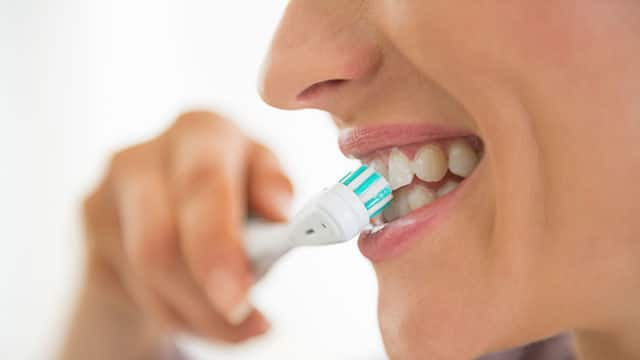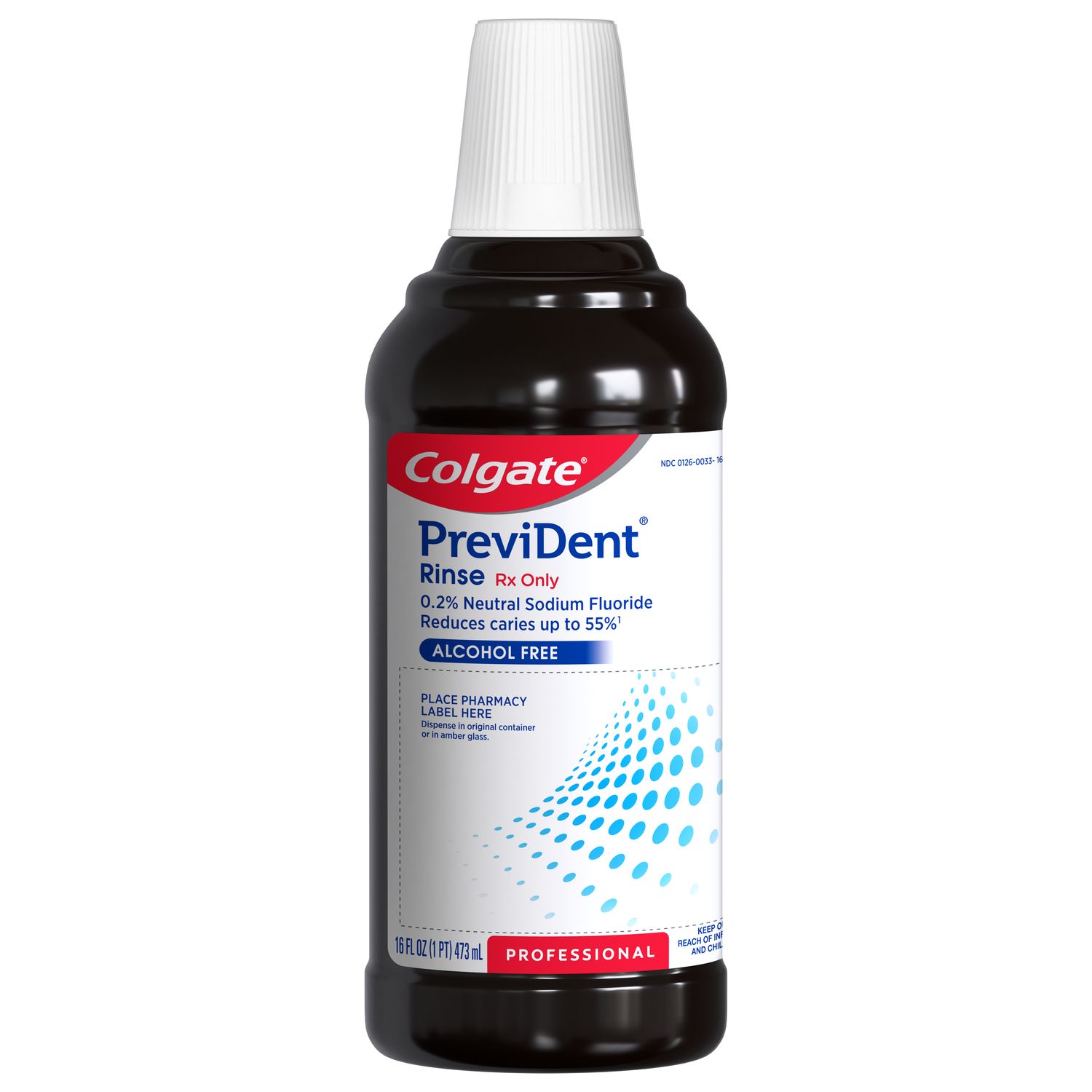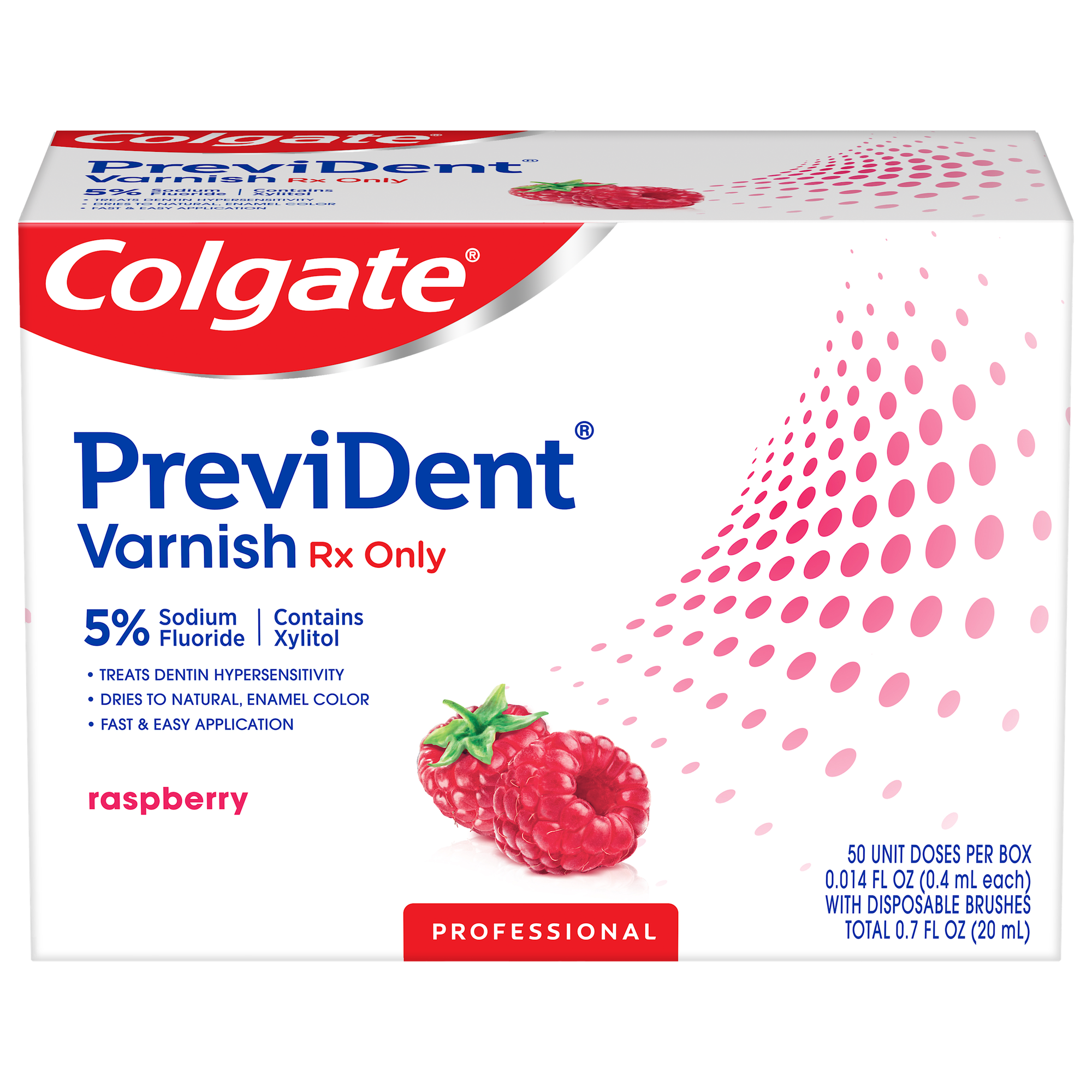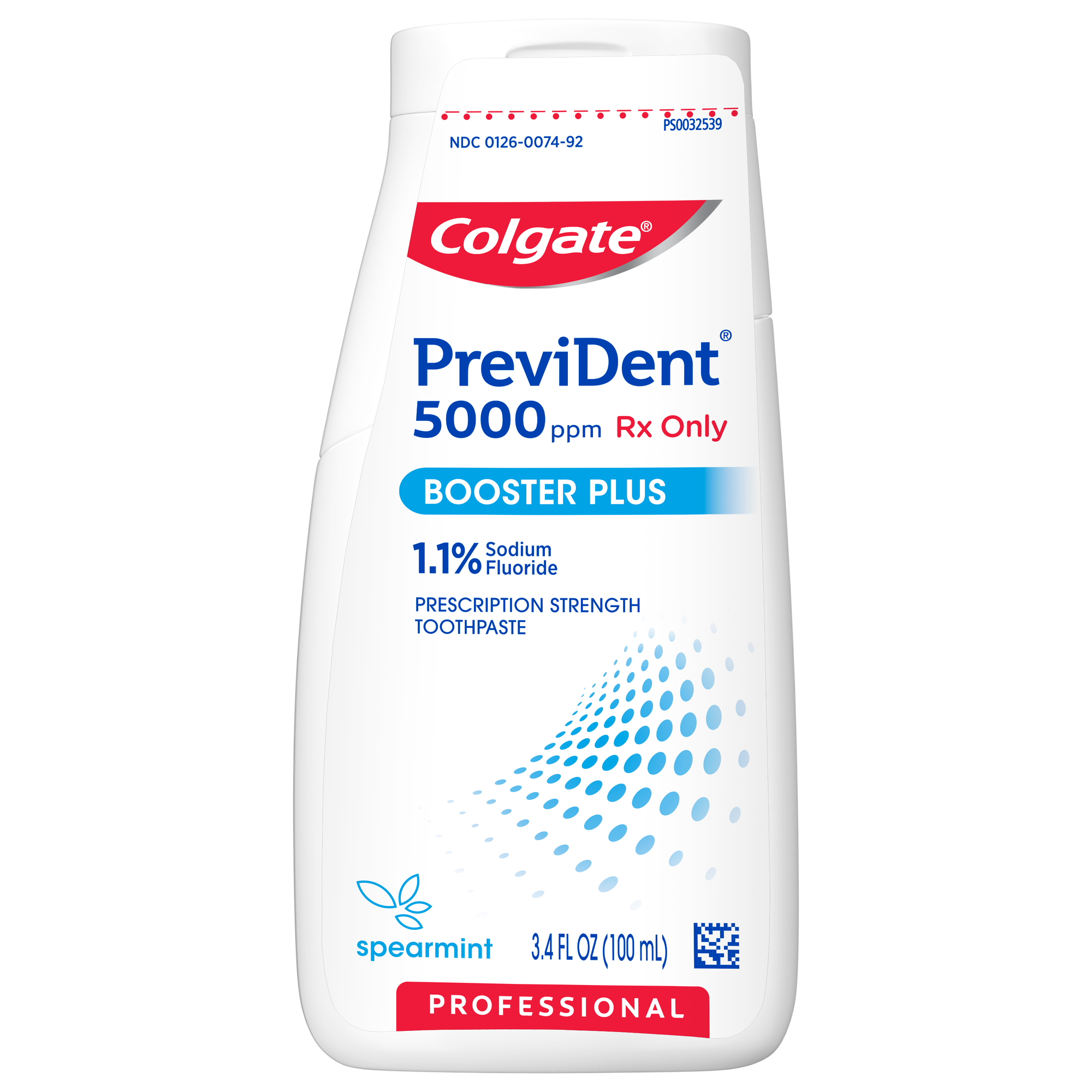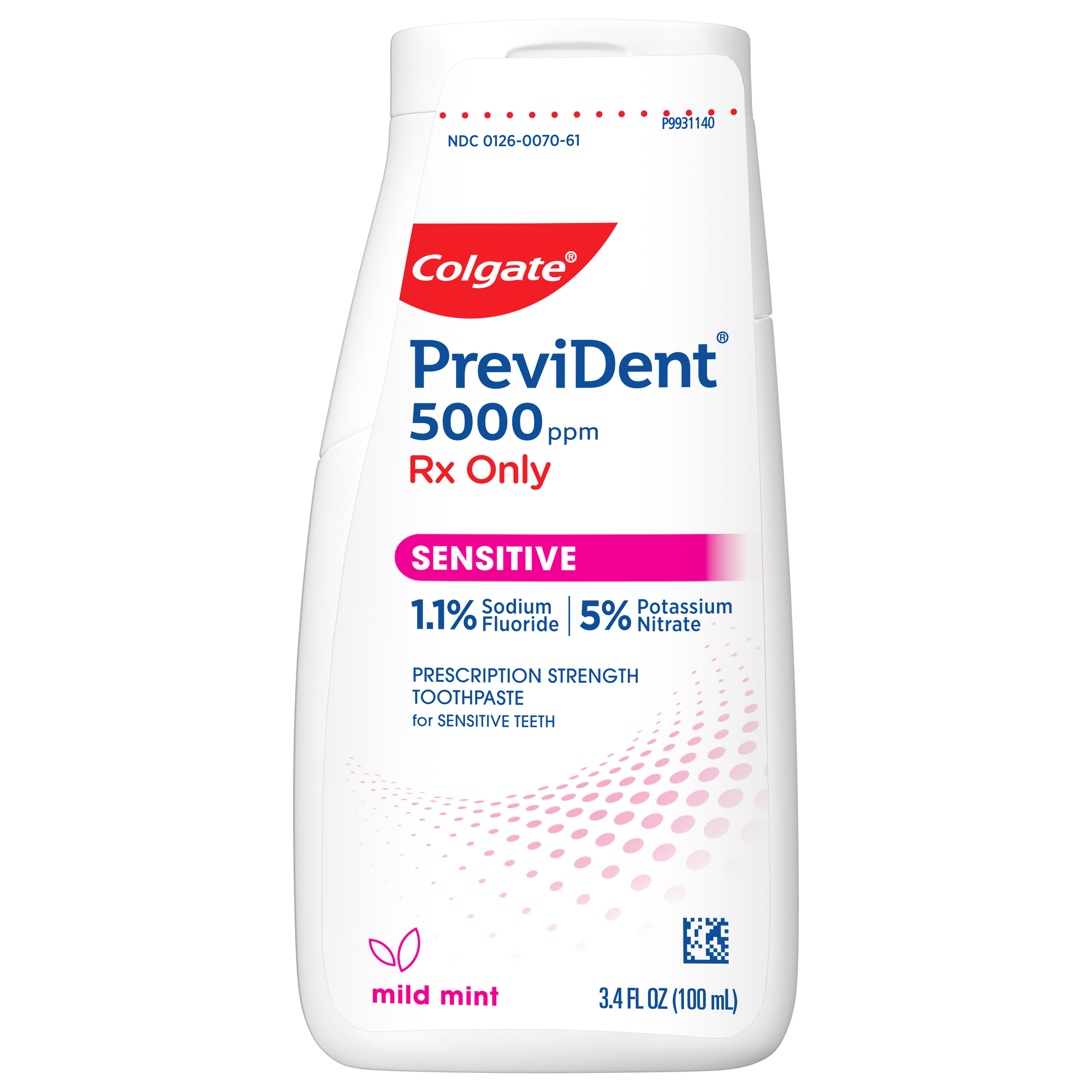What Is a Dental Abscess?
A dental abscess is a buildup of pus caused by a bacterial infection inside the tooth or the gums. There are two types of dental abscesses: A periapical, or tooth abscess, affects the tooth's root. The other type, a periodontal (gum) abscess, affects the gums. Gum abscesses usually occur in severe periodontal disease cases, when the gums have pulled away from the teeth, causing pockets to form. Both types of abscesses consist of small pockets that fill with bacterial fluid or pus. But not to worry, with the right treatment, you can recover from either type and regain control of your oral health.
Do I Have a Dental Abscess?
Although tooth decay or a periodontal infection can be hard to detect at first, it's usually very easy to tell when an abscess forms. Unfortunately, the most significant dental abscess symptom is pain—the pain from a tooth abscess as continuous, sharp, and often harsh enough to be disruptive. You might experience trouble chewing, sensitivity to hot or cold foods, and even swollen lymph nodes, which help fight infection throughout the body.
You might also be able to feel the abscess in your mouth. In the case of a periodontal abscess, you may notice a swelling that looks like a pimple on your gums that may or may not be painful. You may also notice a bad taste in your mouth if the abscess is draining. Abscesses are active infections, and some people may also develop a fever.
How Should I Treat a Dental Abscess?
It's best to see your dental professional as soon when you suspect or discover an abscess in your mouth. Until your appointment, rinsing with warm salt water several times a day may provide some relief. Your dental professional might also recommend taking an over-the-counter pain or anti-inflammatory medication.
The first step in treating either a tooth or gum abscess is to drain the bacteria from the pocket and clean the area. This will happen during your appointment. You mustn't try to drain the abscess yourself. Your dental professional may prescribe antibiotics afterward, especially if you are experiencing fever or swollen glands. Make sure to take any prescribed medication as directed for the best results.
The next step in treatment depends on the location of the abscess:
- In some cases, if a tooth abscess is present, your endodontist will perform a root canal. During this process, the dental professional will remove the diseased pulp from the center of the tooth, clean the area out, fill the canal, and add a crown to support the tooth, leaving the tooth looking healthy and natural.
- Treating a periodontal abscess involves draining the infection and deep cleaning the area with scaling and root planing. The process removes plaque and tartar from the surface of the tooth and from below the gumline. It also smooths the tooth and root's surface, making it more difficult for bacteria to cling to it. Your dental professional may prescribe an antibiotic to eliminate any remaining infection. If the bone or gums are severely damaged from periodontal disease, you may need surgery to clean out the infection and treat the bone and supporting tissue to keep an abscess from returning.
How Do I Keep It from Coming Back?
Once a dental abscess has been treated and resolved, practicing good oral care at home can prevent the issue from occurring again. A proper oral care routine includes brushing twice a day with a toothpaste that offers germ-fighting protection and helps prevent tartar buildup and interdental cleaning at least once a day. No matter what you do at home, it's always a good idea to see your dental professional regularly, at least twice a year. If you have a history of infection in gums, your dental professional might want to see you more often to make sure your gums stay healthy.
Getting treatment for a dental abscess is important in maintaining your oral health. Untreated, the condition can cause further infection. With consistent care and help from your dental professional, your dental abscess can be easily treated, and you can go back to enjoying your clean and healthy-looking smile.
This article is intended to promote understanding of and knowledge about general oral health topics. It is not intended to be a substitute for professional advice, diagnosis or treatment. Always seek the advice of your dentist or other qualified healthcare provider with any questions you may have regarding a medical condition or treatment.
This article is intended to promote understanding of and knowledge about general oral health topics. It is not intended to be a substitute for professional advice, diagnosis or treatment. Always seek the advice of your dentist or other qualified healthcare provider with any questions you may have regarding a medical condition or treatment.
ORAL HEALTH QUIZ
What's behind your smile?
Take our Oral Health assessment to get the most from your oral care routine
ORAL HEALTH QUIZ
What's behind your smile?
Take our Oral Health assessment to get the most from your oral care routine






